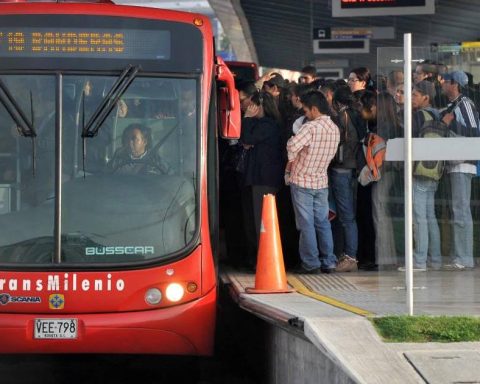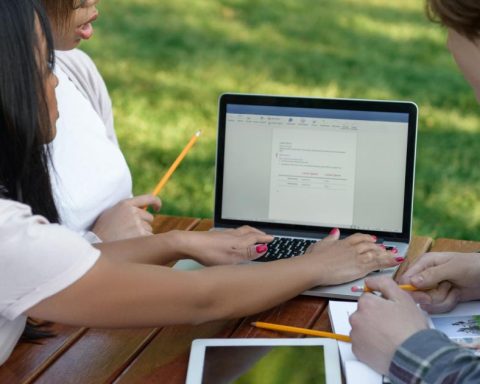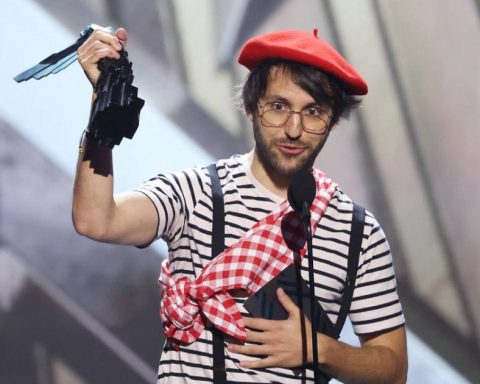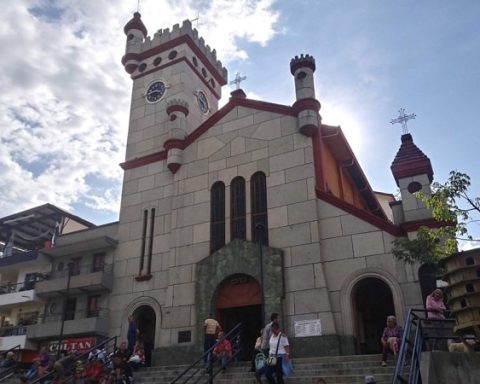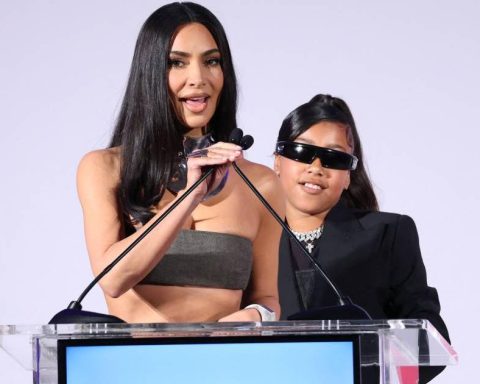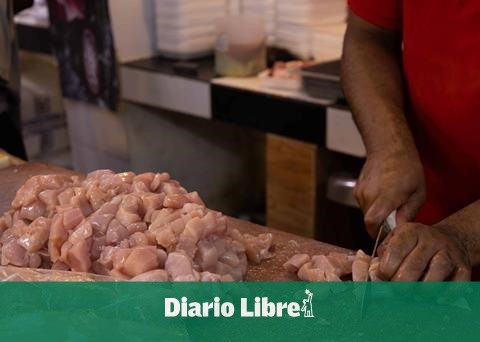The equine sector has been reactivating since the pandemic. The attributes of the Colombian criollo horse have allowed it to be the emblematic specimen of Colombia and also to be internationally recognized for its genetics.
(Criticism of measures to be adopted for the export of cattle).
Héctor José Vergara, executive president of Fedequinas, spoke with Portafolio about the behavior of the sector and the expectations they have for this year, regarding the National Equine Fair that will take place from today until February 12 in Corferias.
What is the purpose of the exhibition?
The objective of this exhibition is to reward the horses that compete to win the title of national champions. For this 39th edition, we had something different and that is that the horses made a qualifier to be able to participate. On this occasion they had to have scored from January 1 to December 31, 2022, to enter the participation this year.
What are the participation criteria based on?
The Colombian Creole horse competition is a judging of four modalities, gallop troche, trot, trocha and Colombian paso fino, these are ways of moving the horse. Each executes a gait, specializing in one per horse.
(Russia and Chile, main meat and dairy export destinations).
They attend fairs held in the country. Normally 15 horses enter to compete and of those the first five are awarded. Those are the points that accumulate throughout the year. In the end, the best 16 are those who have the right to participate in the national exhibition.
Is there a reactivation in the equine sector?
We are a guild that is doing between 150 and 160 equine events exclusively for Colombian criollo horses, throughout the year. In the pandemic, we held 27 events.
The equine economic movement depends on the realization of these events, because the horses that win in these shows are the ones that sell genetics, that is, semen jumps to impregnate other mares. In the case of mares, children are sold. The same copy in the events is quoted and sold. Without fair, everything stops.
In 2021, 50 events were held betting on this reactivation, in 2022 we achieved more than 130. By 2023, we plan to hold 160 events.
How much is the market moving?
Under normal conditions, with open marketing and so on, it’s about $6 trillion a year. In the federation there are around 87,000 owners, who have at least one, are represented in 57,000 hatcheries.
(Ranchers ask not to stigmatize the sector with drug trafficking).
This depends on the upbringing of the horse, which impacts with about six and eight direct jobs. We have an impact on employment, where we calculate that there are 480,000 between direct and indirect and everything related to the economy that comes from that.
How much is the semen jump worth?
A jump can cost, depending on the genetic quality of the champion horse, from $1.5 million to $15 million. Today we have almost 1,500 horses in the Federation that are selling jumps.
How many copies are going to have in the exhibition?
We have 648 registered, it is very close to the number of those who are going to compete, with the four modalities.
Do increases in concentrate prices affect you?
Clear. The country’s equines are fed in a specific way. The global situation of rising prices in raw materials transferred the full impact to the final consumer. A bag of concentrate that could cost $60,000 is worth almost $100,000 today. This has an impact on the basket of costs, because one person eats just 3 kilos a day, almost 90 kilos a month. In addition to that, inputs such as supplements, vitamins, that come from abroad also increased, as a result of the volatility of the TRM.
How much does a Colombian criollo horse cost?
It depends on the affection that the owner has for the horse. It is highly variable, depending on whether he has been a champion, his genetics, etc. It can cost up to $1.5 billion. It is important to understand that behind the horse there is a cash flow that allows these investments. Those very expensive horses are three maximum in the life of a breeder. But, an average equine in Colombia can be found between $10 million and $50 million.
How is the export going?
We export about 120 copies annually. The most interested in our genetics are the United States, the Dominican Republic and Puerto Rico. Today we are genetically a world power. We are reactivating trade with Ecuador and Panama.
DIANA K. RODRIGUEZ T.

